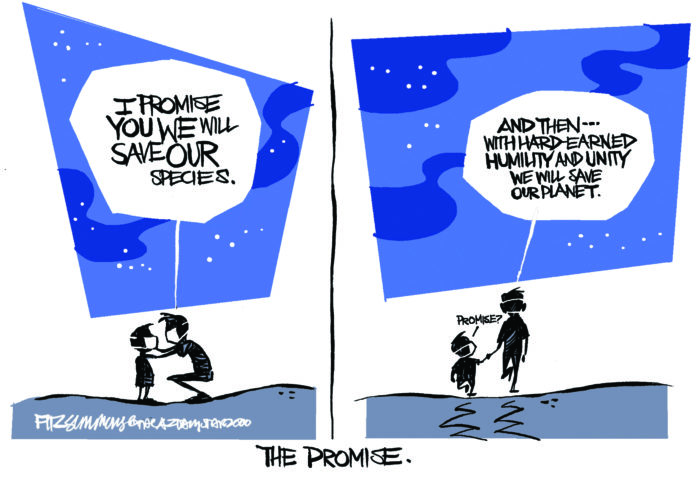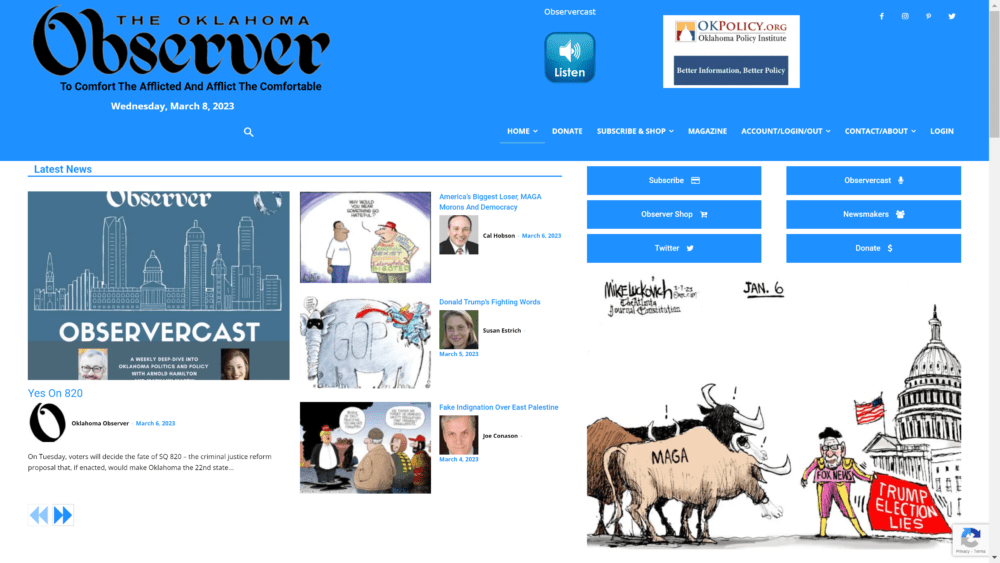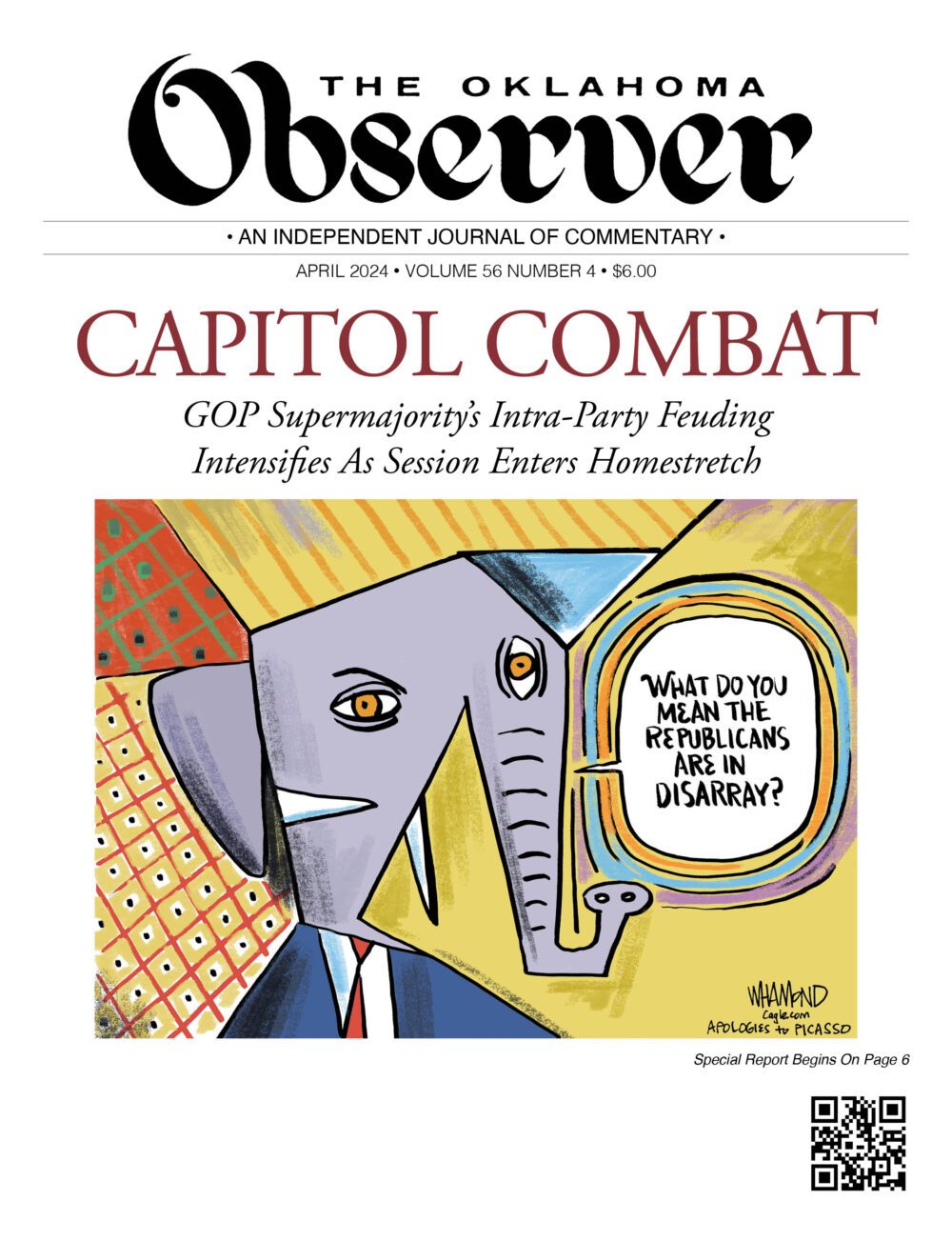BY DANIEL ALDANA COHEN AND DANIEL KAMMEN
 The COVID-19 epidemic is ravaging our tattered healthcare system and shredding our economy. In the past month, over 22 million Americans filed for unemployment benefits, compounding the fear that unemployment could breach 32% absent massive public action. This is an unmitigated human disaster, recalling the horrors of the Great Depression. And it gets worse. We’re also facing the climate emergency. Immediate relief is necessary – but not sufficient. To tackle all these crises at once, we need a Green Stimulus that creates jobs and lifts up communities in ways that also slash carbon pollution, increase resiliency, and develop a just, modern economy.
The COVID-19 epidemic is ravaging our tattered healthcare system and shredding our economy. In the past month, over 22 million Americans filed for unemployment benefits, compounding the fear that unemployment could breach 32% absent massive public action. This is an unmitigated human disaster, recalling the horrors of the Great Depression. And it gets worse. We’re also facing the climate emergency. Immediate relief is necessary – but not sufficient. To tackle all these crises at once, we need a Green Stimulus that creates jobs and lifts up communities in ways that also slash carbon pollution, increase resiliency, and develop a just, modern economy.
No one can predict when Speaker Nancy Pelosi and President Donald Trump will turn their full attention to economic recovery. But behind the scenes, the planning has already begun. It’s not a question of whether we spend big on stimulus, but what kind of stimulus.
And while Republicans will decry anything “green,” we can win the argument. But much of what we propose already has bipartisan support, from polling to pending legislation.
Climate change is about to supercharge the coronavirus emergency. In April, California’s wildfire season will start. Restrictions on work caused by the pandemic will make it harder for firefighters to conduct controlled burns that steer fires – and smoke – from homes. Californians’ lungs could face Covid-19 and unusually intense smoke at the same time. A third of the country also faces serious flood risk through the spring. And in summer and fall, forecasters predict “above average probability for major hurricanes making landfall along the continental United States.” We’re already seeing this catastrophic convergence elsewhere: In Ecuador, a muted government response to flooding in indigenous communities, for fear of spreading the virus; in Fiji, devastated by Cyclone Harold this week, 19 confirmed coronavirus cases are casting doubt on how to rebuild.
Here, too, we will need to find ways to do the needed relief work without deepening the pandemic. Amid all this suffering, the case for bold moves to tackle the miseries of inequality, COVID, and climate at once will get clearer.
Moreover, green stimulus is the only option for a smooth transition to the 21st century green economy. The era of dirty energy is ending. Even the conservative CBNC analyst Jim Cramer has warned investors that oil stocks are no longer safe investments, as society is increasingly repudiating fossil fuels. Giant investors like Blackrock are gradually winding down their investments in carbon. And at the European level, and in countries like Germany and South Korea, a green stimulus-based recovery is becoming the consensus choice, with investments in efficiency and clean energy seen as obvious drivers of economic reconstruction.
Here in the U.S., green stimulus is easily the best way to create good jobs through public investment. According to a 2011 World Bank study, $1 million invested in the oil and gas in the United States creates just five jobs, compared to 17 jobs per $1 million invested in energy-saving building retrofits, 22 jobs for mass transit, 13 for wind, and 14 for solar. Kammen’s research and that of other institutes all concur that investment in a modern green economy is a more efficient job creator than the fossil sector.
The longer-term vision of the green stimulus is a more rewarding, lifelong career of dignified green work. We should also invest in Stem education for all children and create apprenticeship programs in vulnerable communities, matched with new careers for workers to enter. And by directly investing in frontline communities, following best practices in California, we can bring technologies like solar and battery storage to neighborhoods that have been scandalously left out of the clean energy boom so far. Plus, these same nimble, local solutions make neighborhoods more resilient to extreme weather. Local storage and nested microgrids make the power system, including healthcare facilities, more reliable during disasters. We’d be making environmental, economic, and social improvements in the same places, at the same time.
And we should speak of green investments in concrete terms. Polling conducted by Data for Progress in March finds majority support for massive green spending overall. More interesting is the finding of even greater support – including majority Republican approval – for specific public green investments, like electric buses, retrofits to low-income housing, and renewable energy. Strip away abstract rhetoric, and the substance that we’re advocating is incredibly popular.
For these reasons, we recently joined nine other experts in social and climate policy to write a letter to Congress outlining a menu of policy options for a Green Stimulus. Our proposals span eight sectors of the economy. But fundamentally, a Green Stimulus is about mobilizing massive public funds – say, $2 trillion to start – in specific green investments to create high-quality jobs and improve the quality of life, especially in low-income communities, communities of color, and indigenous communities, which have suffered the most disinvestment and pollution in recent decades.
It seems counterintuitive, but the timing for such a Green Stimulus is perfect. Bridge-loans and advance payments on public green purchases of goods like solar panels and electric vehicles for public use would stabilize firms’ and workers’ finances. Announcing initiatives like a Climate Conservation Corps would give young people eager to work jobs to apply for, and plan to start. And desk workers across the economy could get on Zoom and do paperwork to make green projects shovel-ready the minute it’s safe to break ground. [Indeed, a major reason the 2009 Obama stimulus faltered was months wasted on paperwork.]
Each of us has lived through climate-fueled disasters – in Cohen’s case, Hurricane Sandy, and in Kammen’s, last year’s devastating wildfires. We agree with the environmental justice advocates who argued then that disaster recovery shouldn’t be about trying to bounce back to how things were before the disaster. We don’t want to bounce back to a January 2020 economy when half the country lived paycheck to paycheck; unchecked carbon pollution endangered our future; and racialinequalities made people of color so vulnerable to disease. Rather, by deploying a Green Stimulus that centers workers and communities, we can bounce forward together.
Daniel Aldana Cohen is assistant professor of sociology at the University of Pennsylvania, where he directs the Socio-Spatial Climate Collaborative, or (SC)2, and is a co-author of A Planet to Win: Why We Need a Green New Deal. Daniel Kammen is professor at the University of California-Berkeley, coordinating lead author for the Intergovernmental Panel on Climate Change [IPCC], and former Science Envoy for the United States Department of State.
This story is a part of Covering Climate Now’s week of coverage focused on climate solutions, to mark the 50th anniversary of Earth Day. Covering Climate Now is a global journalism collaboration that includes The Oklahoma Observer and is committed to strengthening coverage of the climate story.








